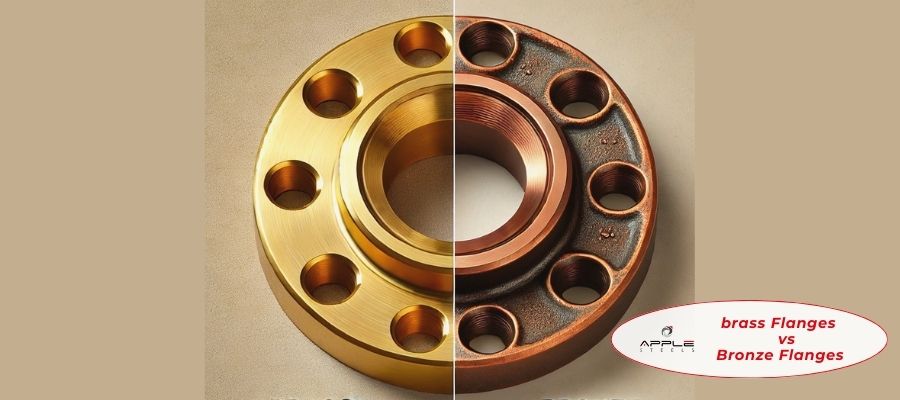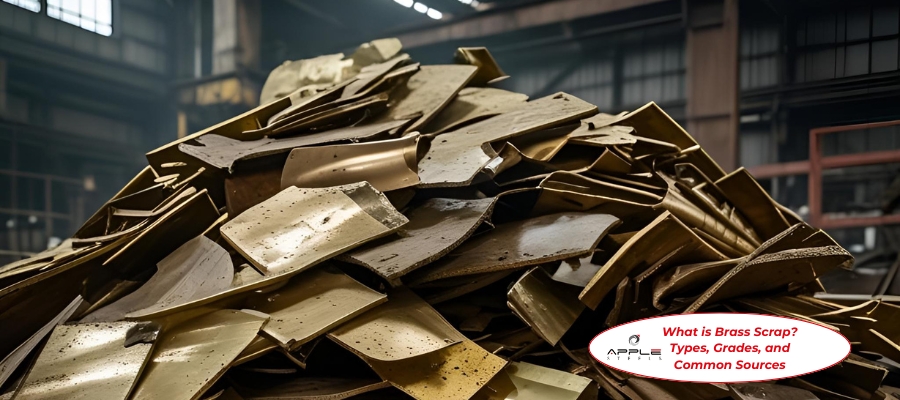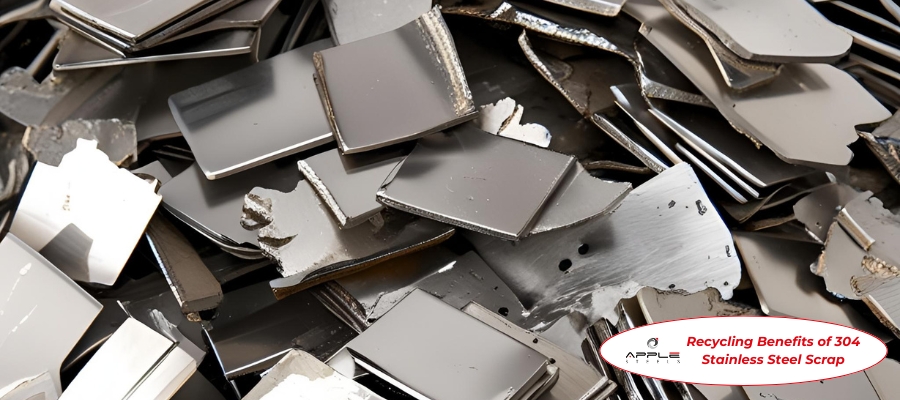Flanges play a crucial role in piping systems, ensuring secure connections between pipes, valves, and other components. Two commonly used materials for flanges are bronze and brass. While both are copper alloys, they have distinct properties that make them suitable for different applications. In this article, we will explore the key differences between bronze flanges and brass flanges, covering their composition, mechanical properties, corrosion resistance, and ideal applications.
What Are Bronze Flanges?
Composition and Properties
Bronze is an alloy primarily composed of copper and tin, though it may also contain small amounts of aluminum, phosphorus, and other elements. The presence of tin enhances the strength and corrosion resistance of the alloy.
Key Characteristics of Bronze Flanges:
- High Strength: Bronze is stronger than brass, making it suitable for high-pressure applications.
- Excellent Corrosion Resistance: It performs well in marine and industrial environments.
- Superior Wear Resistance: Ideal for components subject to heavy wear and friction.
- Good Ductility: It can withstand stress without breaking easily.
Common Applications of Bronze Flanges
Bronze flanges are widely used in industries where corrosion resistance and durability are essential. Some key applications include:
- Marine Industry: Used in shipbuilding, offshore platforms, and seawater piping systems due to excellent resistance to saltwater corrosion.
- Oil and Gas Industry: Suitable for flanges in high-pressure and high-temperature environments.
- Pump and Valve Manufacturing: Ensures longevity in machinery parts exposed to liquids and high wear.
- Water Treatment Plants: Effective in environments with continuous water exposure.
What Are Brass Flanges?
Composition and Properties
Brass is an alloy of copper and zinc, with variations in zinc content affecting its strength and corrosion resistance. Some brass alloys may also include lead for improved machinability.
Key Characteristics of Brass Flanges:
- Good Malleability: Brass is easier to shape and machine than bronze.
- Lower Strength Compared to Bronze: More suitable for low- to medium-pressure applications.
- Moderate Corrosion Resistance: Performs well in freshwater environments but may corrode in saltwater.
- Aesthetic Appeal: Often used for decorative purposes due to its bright gold-like appearance.
Common Applications of Brass Flanges
Brass flanges are preferred in applications where ease of machining and moderate corrosion resistance are required. Some key applications include:
- Plumbing and Water Supply Systems: Widely used in fittings and fixtures for domestic and commercial plumbing.
- HVAC Systems: Common in heating, ventilation, and air conditioning systems.
- Industrial Machinery: Used in low-pressure piping connections.
- Electrical and Decorative Uses: Found in ornamental fixtures and electrical grounding systems.
Key Differences Between Bronze and Brass Flanges
| Property | Bronze Flanges | Brass Flanges |
|---|---|---|
| Composition | Copper + Tin (with other elements) | Copper + Zinc (with variations) |
| Strength | Higher, suitable for high-pressure applications | Lower, ideal for moderate-pressure applications |
| Corrosion Resistance | Excellent, especially in marine environments | Moderate, susceptible to saltwater corrosion |
| Wear Resistance | High, withstands heavy loads and friction | Lower, less durable in high-wear applications |
| Malleability | Less malleable, harder to machine | More malleable, easy to machine and shape |
| Applications | Marine, oil & gas, water treatment | Plumbing, HVAC, industrial machinery |
| Cost | Generally more expensive | More affordable than bronze |
Choosing the Right Flange: When to Use Bronze vs Brass?
Use Bronze Flanges If:
- You need high strength and durability in demanding environments.
- Your system operates in saltwater or corrosive conditions.
- The application requires resistance to wear and tear.
- You are working in high-pressure or high-temperature settings.
Use Brass Flanges If:
- You need a cost-effective solution for low- to medium-pressure systems.
- The system is not exposed to harsh chemicals or seawater.
- You require easy machinability for customization and installation.
- The flange is for plumbing, HVAC, or decorative applications.
Conclusion
Both bronze and brass flanges serve essential roles in piping systems, but their selection depends on the application’s requirements. Bronze flanges are the superior choice for marine, industrial, and high-pressure applications due to their excellent strength and corrosion resistance. Brass flanges, on the other hand, offer a more affordable and easily machinable option for plumbing, HVAC, and low-pressure systems.
When choosing between bronze and brass flanges, consider factors such as environmental conditions, pressure requirements, cost, and durability to ensure the best performance for your application.




